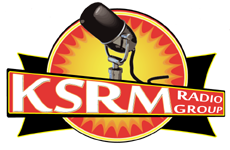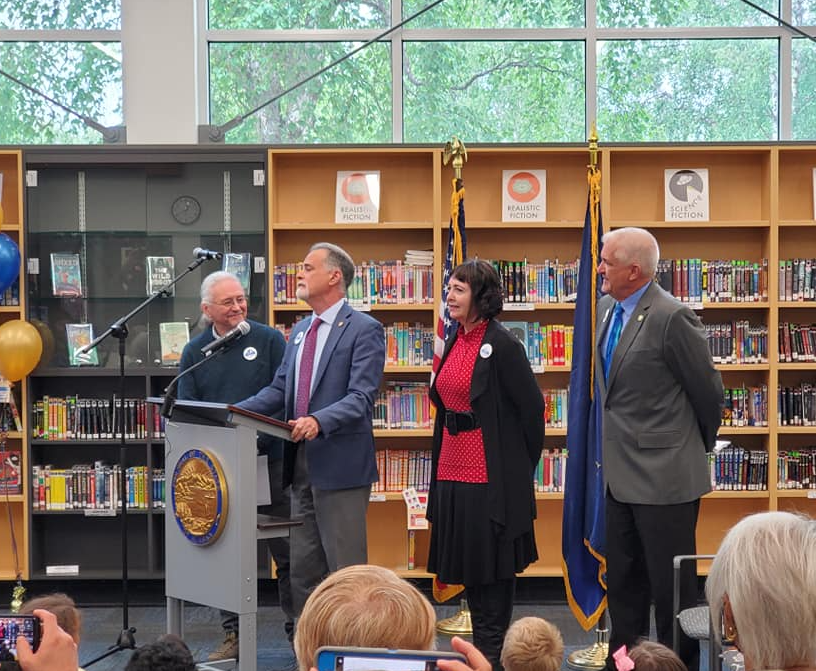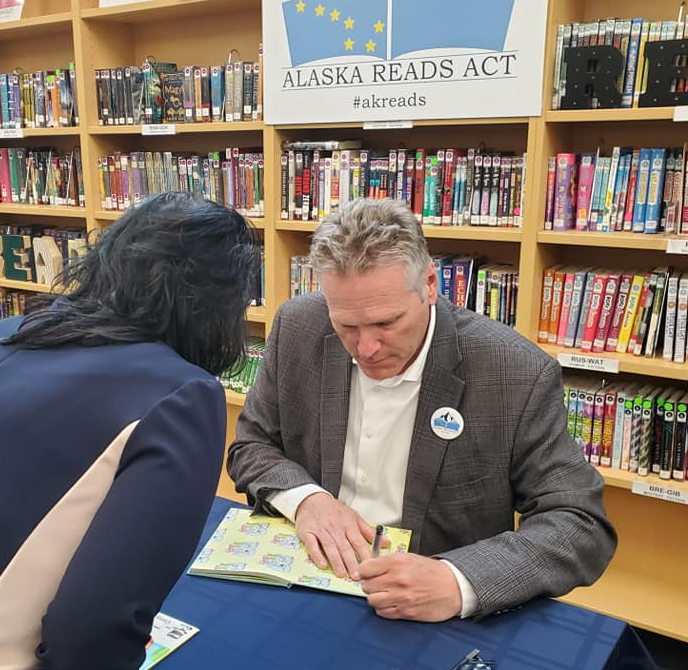Gov. Mike Dunleavy announced his intent to sign into law the Alaska Reads Act, which lays the groundwork to improve reading skills for students through increased accountability and resources. The announcement was made praising the legislation with members of the Alaska State Legislature and the Dunleavy Administration at Turnagain Elementary School in Anchorage Tuesday afternoon.
The Alaska Reads Act, which became housed in House Bill 114, was passed by the Legislature in May, and included several elements: the Alaska Reads Act, a public school funding technical fix, and an enhancement of Alaska’s student loan program. Gov. Dunleavy and Sen. Tom Begich first introduced the Alaska Reads Act in January 2020.
Gov. Dunleavy said:
“You’re here today, all of these people are here today, I’m here today, it’s because of you because we want you guys to be able to read. We want you guys to be able to like to read. We want you guys to be able to really love reading because it’s going to be key, it’s going to help you a lot. There’s a thing called a moral imperative. I think it was by Kant, a German philosopher, who tried to understand what motivates people to do the right thing. He came up with a term that I’ve used often, it’s the moral imperative. It supersedes everything else. When you’re dealing with a world of politics like we do, oftentimes politics gets in the middle of this, but every once in a while, there’s a moral imperative that people get around. There’s always that moral imperative that binds us together. I think what we have together is an example of a moral imperative that has occurred.”
Sen. President Peter Micciche added:
“We came together on this cornerstone piece of legislation that is so important to the children of Alaska. You all are our future, but we brought together pieces that Sen. Hughes had worked on, Sen. Holland, our Education Chair, obviously had a bill together at the beginning working together with the Governor and Sen. Begich. This is about bringing Alaska to a place where we can ensure a future for all of you.”
HB 114 contains the Alaska Reads Act, which creates four new programs within the Department of Education and Early Development (DEED): an early education program, a comprehensive reading intervention program, a school improvement reading program, and a virtual education consortium. This part of the bill supports students to read at grade level by the end of third grade.
Additionally, the bill includes language that requires the Department of Education to make sure its policies to implement such a bill are culturally responsive and will meet the needs of rural and Alaska Native students. The bill aims to retain local control to avoid pushing statewide policies in smaller communities.
According to the office of Gov. Dunleavy, each community will have control over implementing programs that meet the needs of the students in a way that best serves the unique needs of the community and its culture. The bill also requires an annual convention that will facilitate conversations with the Department of Education on how the bill is meeting, or not meeting, the standards outlined in the bill.
Representative Ron Gillham:
“I am proud to have worked on this legislation in the House Education Committee over the past two years. It took a lot of compromise and all sides coming together, but this bill is a long-overdue step in the right direction to getting our Alaska students to grade-level reading in elementary school. Reading is fundamental to success in school and life, and I am grateful we were able to finally see this bill over the finish line.”
The bill also remedies a technical problem in the State’s public school funding formula.
Additionally, the bill responds to requests from Alaska’s students and higher education community, including current student loan borrowers repaying their loans, by enhancing the ability to meet the financial aid needs of borrowers. The Governor originally introduced this portion of the bill through HB 114 and Senate Bill 94. It allows the state to assist more Alaskans in their educational needs while expanding the market for the student loan program.









